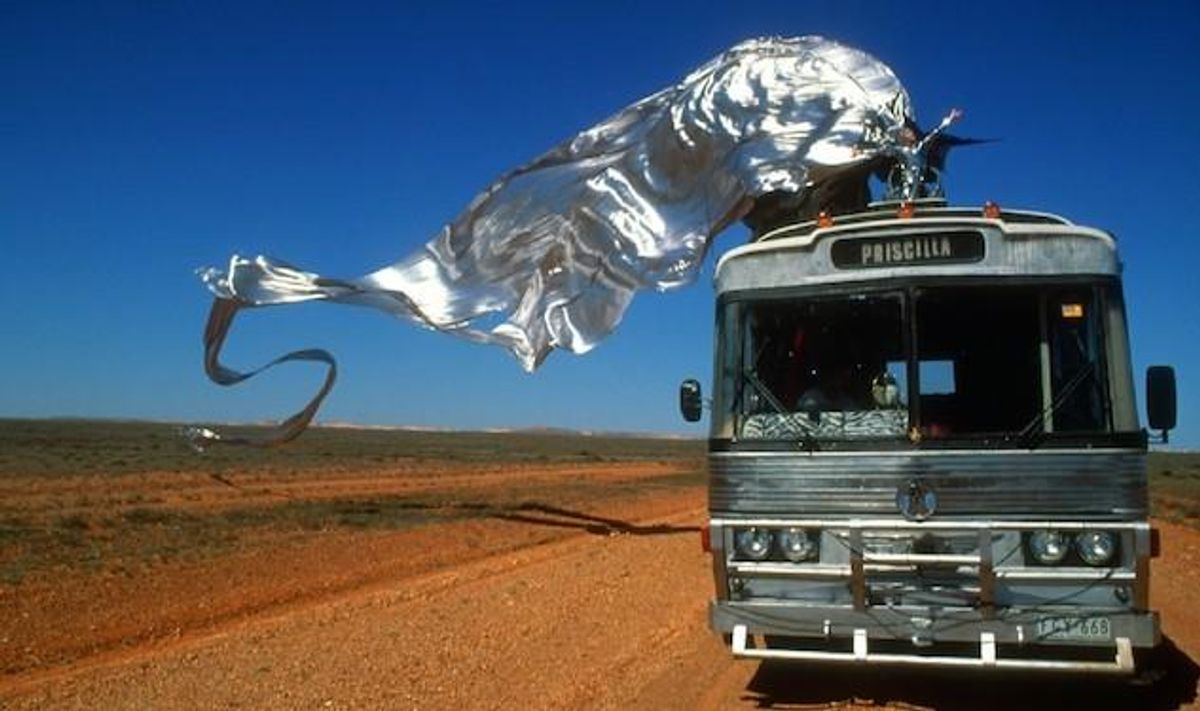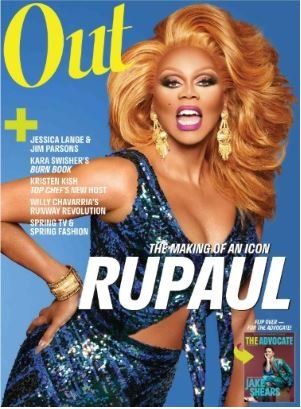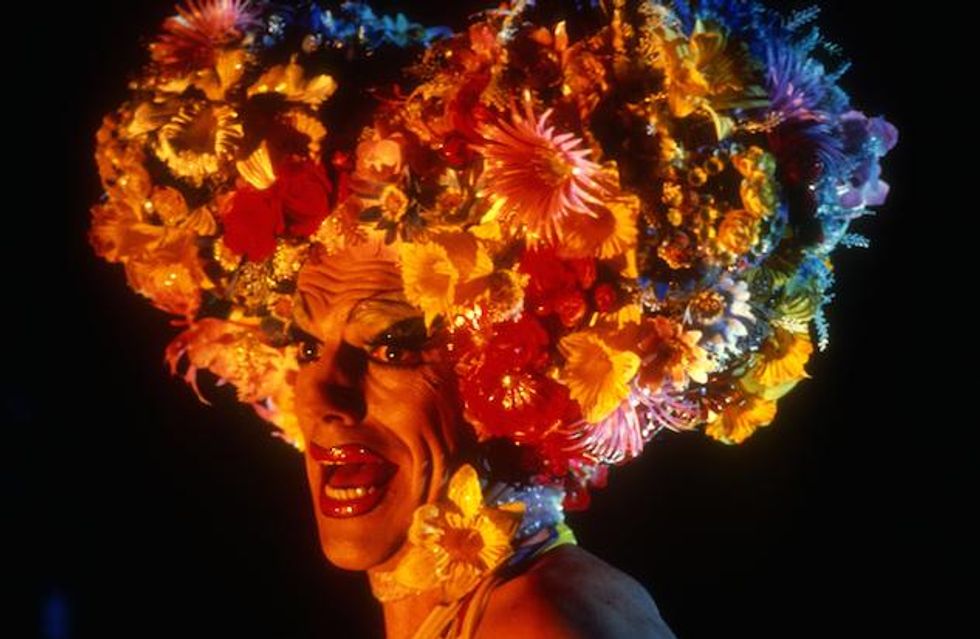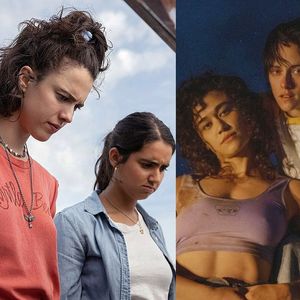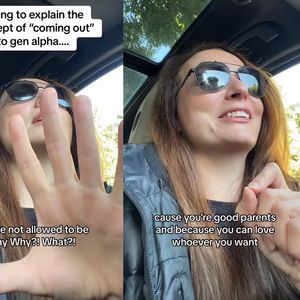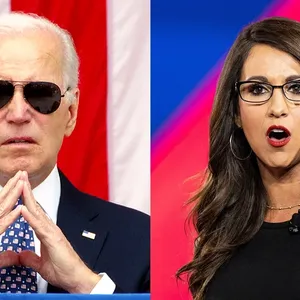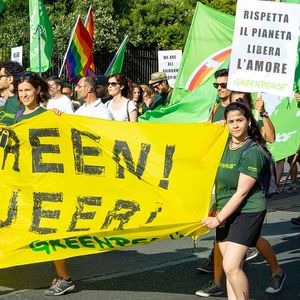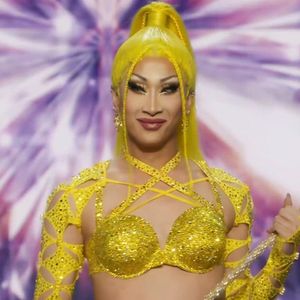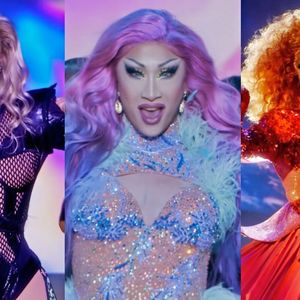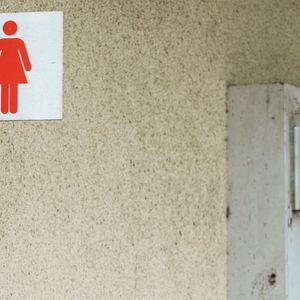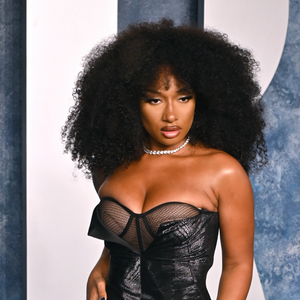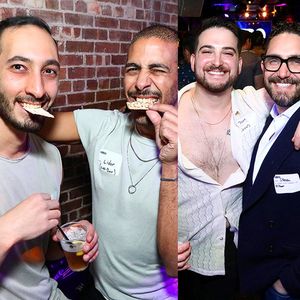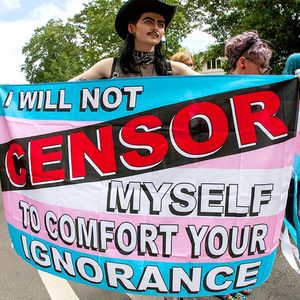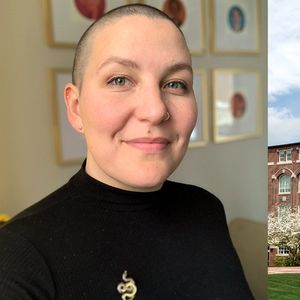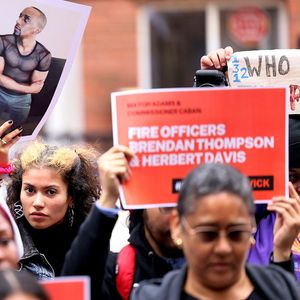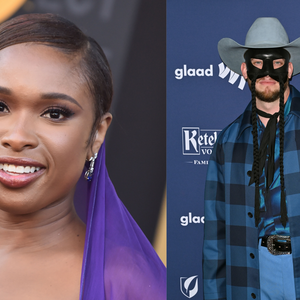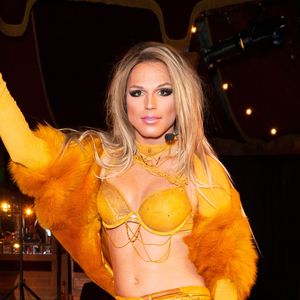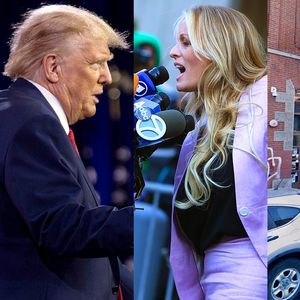For many Americans, Australian cinema will always begin and end with the 1980s Crocodile Dundee series. Because Australia has always suffered the obscurity of its location and cultural disconnect from other international cinema markets, the lure of the swaggering leather-faced Paul Hogan taking on America had the cross-international appeal to make Australian cinema global.
There are very few exceptions to this canon of crocodile hunters and the odd Mel Gibson flick, one of which was the 1994 film The Adventures of Priscilla, The Queen of the Desert. The film concerns a band of rejects, queers, and drag queens who set out on the open road in the harsh and arid Australian outback to hitch up their skirts and get groovy to Gloria Gaynor all the while learning a lesson or two about themselves.
As you recall, The Adventures of Priscilla tells the story of two men, Adam (Guy Pearce) and Anthony (Hugo Weaving), and fellow transwoman traveller Bernadette (Terrence Stamp) on a trip to the center of Australia to perform in a drag queen residency show. Originally, Anthony is offered the job to perform in Alice Springs alone but recruits the rather icy Bernadette -- who recently lost her partner -- and the obnoxious Adam to join him on this road trip. Each character has, however, concealed some secret before their expedition and we see their epic travelling paralleling the percolating emotional problems of our respective heroes and heroines.
Priscilla, with its gaudy make-up, excessive sequins, and camp '70s tunes defined a decade of Australian cinema and truly opened up the filmic reservoirs for more mainstream and positive representations of diverse LGBT folks on screen. After a successful musical theater revival, and in light of the film's 20th-anniversary this year, it's time to turn up the ABBA and return to this cult classic.
When the film first premiered, Priscilla was a welcome change from other queer texts, offering a more intimate and incautious account of one lovable band of queers from Sydney. Given the historical pathologization of the likes of gay men and transgendered individuals, the film offered a more intimate and dignified representation of this outcast crowd.
One of the reasons for the success of Priscilla was due to the fact that it was made in Australia. Although a distant continent from Europe and North America, Australia cinema capitalized on Australian characters heading abroad and had already generated alternative characters who thrive - somewhat comically, somewhat movingly -- in their new homes abroad or new worlds (think Dundee). In the case of Priscilla, international audiences came to worship the extravagantly carnivalesque sights of two men and a transgender woman jettisoning across Australia's dry and unforgiving deserts to bring the cosmopolitan cityscape to the countryside.

Hugo Weaving in 'Priscilla'
Any road trip film, whether queer or otherwise, offers its audience the promise of change, transition, and some type of momentous epiphany that we as viewers move along with during the screen time (both emotionally and with the film itself). Priscilla proves no different and has our hero/heroines involved in familiar and emotional suburban stories (meeting up with an estranged son or losing a partner) during their journey, while battling the unforgiving and unaccepting homophobic and transphobic communities across the Australian landscape.
As for context, the 1990s offered a time of (brief) relief for the queer community, as the devastating costs of the HIV/AIDS epidemic momentarily subsided in the wake of developments in anti-retroviral medication and the growing acceptance of gay men and trans folks. It was a time for recollection and a return to the camp and dated indulgences of the liberated and promising 1970s that the AIDS epidemic so brutally stole from the LGBT community during a decade plagued by stigma and shame.
While the film avoids any detailed and direct discussion of HIV/AIDS in gay communities, it does importantly remind audiences of the lingering impact of the crisis when we see the eponymous "Priscilla" mobile home graffitied with the tag "AIDS FUCKERS GO HOME" during one unsuccessful stay in a small country town. But in true gay liberation style, the bus is rebranded with a luscious pink lick of paint and proudly journeys onwards.
This is why Priscilla so wonderfully and so aggressively worked in the 1990s and succeeded in showing us the trauma and strength that the rich gay male (drag queen or otherwise) culture can offer for the transcendence and psychic relief from the pain of daily stigmatised life. There are times when we should simply celebrate and embrace the awfulness of our pop culture histories -- and spinning around in heels to ABBA's "Mamma Mia" (before the Meryl musical) is just one way to do so.
Rewatching the original trailer alone aligns Anthony, Adam, and Bernadette with 1940s Hollywood film genres around stars, classic Hollywood cinema, and the glamorous camera "close up." Between lip-synching sessions of Alicia Bridge's seminally '70s song "I Love the Nightlife" and Vanessa Williams' melodically uplifting "Save the Best for Last," the queens of Priscilla exploit the camp potential in their performances while importantly underscoring the loneliness and isolation their colourful careers bring.
In reassessing the film for its 20th anniversary, however, one does see the problematic racial and sexual politics operating in Australia at this time. Scenes where we see characters ironize the coquetry of '90s video store culture -- such as flirting with the attendant about the availability of The Texas Chainsaw Mas-cara -- are satisfying in their campness. But other moments are riddled with racism, especially concerning the non-white figures of the film.
Although gay men and transgendered individuals have suffered the stigma of the heterosexual society at large, the three character's whiteness is a fact taken for granted. Their sexual and gender orientations are what lead to their pathologization and brutal homophobic and transphobic battles across Australia.
Commentators on existing gay communities and gay culture at large have pointed out its overwhelming whiteness -- that is, gay communities and cultures are mostly defined by white men enjoying the company of other white men, seeking to their rights of marriage, equality, and social equity. While this is a longer dialogue to be had elsewhere, it is important to see that the film Priscilla is no different from other "gay films" that continued to marginalize other races, despite these queers facing their own stigma and shame throughout the course of their journey.
Women fare no better, and although we see song after song by a woman sung or imitated by the likes of Vanessa Williams or the ABBA idols during their cross-country trip, the actual women they encounter are painted with an excessively patriarchal brush. One woman in particular, Cynthia, is a Filipino woman who is portrayed with negative stereotypes many white Westerns hold of Asian women: She's a mail-order bride because she offers her straight, swaggering husband sex and domesticity. In one memorable scene, she "pops" out ping-pong balls (while winking at the camera, no less) from one particular sexual organ to a crowd of drunken and crude applauding men at the pub who each compete to catch the wet, flying cannon ball (that scene has been recreated in the stage show, without much complaint).
Women in Priscilla seemed threatened by the presence of two men imitating women and one transwoman (who transitioned from male to female) when they enter their town's public spaces. In a terrifying moment, we see Bernadette cut down by one thunderously butch woman who abuses them and orders the drag crew to leave the local bar. However, not before long, in a terrifically bizarre turn of events, we see Bernadette and the woman enter a drinking contest with her while a raucous of straight men in the pub cheer on the defiant Bernadette to a victorious end.
This is only one of many of their encounters during their journey into the Australian outback and although these "meets" and "stop-offs" work with the road trip template, and suggest the maturing growth of our heroes/heroines, they do not fare well on those folks who are defined purely for their sexuality or their value as validating existing stereotypes. Whether or not the females or racially diverse counterparts should have been represented more complexly and intimately is perhaps a discussion to be continued elsewhere.
Years later, Priscilla spawned a successful theater and Broadway revival that has received universal acclaim for its glamour, gaudiness, and sheer gayness. (So much so, Bette Midler was one of the producers of the 2011 Broadway season.) This speaks volumes to the impact this little Australian LGBT movie has had across a diverse number of artistic mediums -- theater, music, and ultimately cinema (with the American equivalent to it To Wong Foo Thanks for Everything, Julie Newmar made a year later, in 1995).
Unreservedly, Priscilla's attempt to mainstream the lives of LGBT figures who work within an underrepresented industry and live in an underprivileged and shamed underclass, is an earnest and significant one. The fact that the film has endured for 20 years and still continues to have a high circulation value as a "cult classic" in gay male subcultures (whether through the soundtrack, the Broadway show, or even just the film itself) speaks to its importance as a text that attempted to represent more authentically bisexual, gay, and transgender stories to an audiences that were mostly unfamiliar to these plights.
While there has been a chorus of cries that the richness of gay male culture is on its way out since gay bars are no longer as popular as they used to be, or that gay idols are speaking to directly to gay causes and no longer through subtext (Lady Gaga, anyone?), Priscilla's endurance speaks against this proclamation. Although the film represents only one aspect of gay culture -- drag queen life, Donna Summer songs, and the sowing and stitching of sequins -- its success during the last twenty years has only underscored the desire audiences have had to savour the campness and queen-ness that excess, nostalgia, and drag queens can provide.
Nathan Smith is an MA student at the University of Melbourne Australia, specializing in queer and cinema studies. His work has been published in Salon, The Advocate, and Out. Nathan can be found tweeting @nathansmithr
